A Ceramic Artist Inspired by the Diverging Traditions of Japan and the UK
The work of Hitomi Hosono is delicately evocative of botany, a source of inspiration for ceramicists from her two countries.
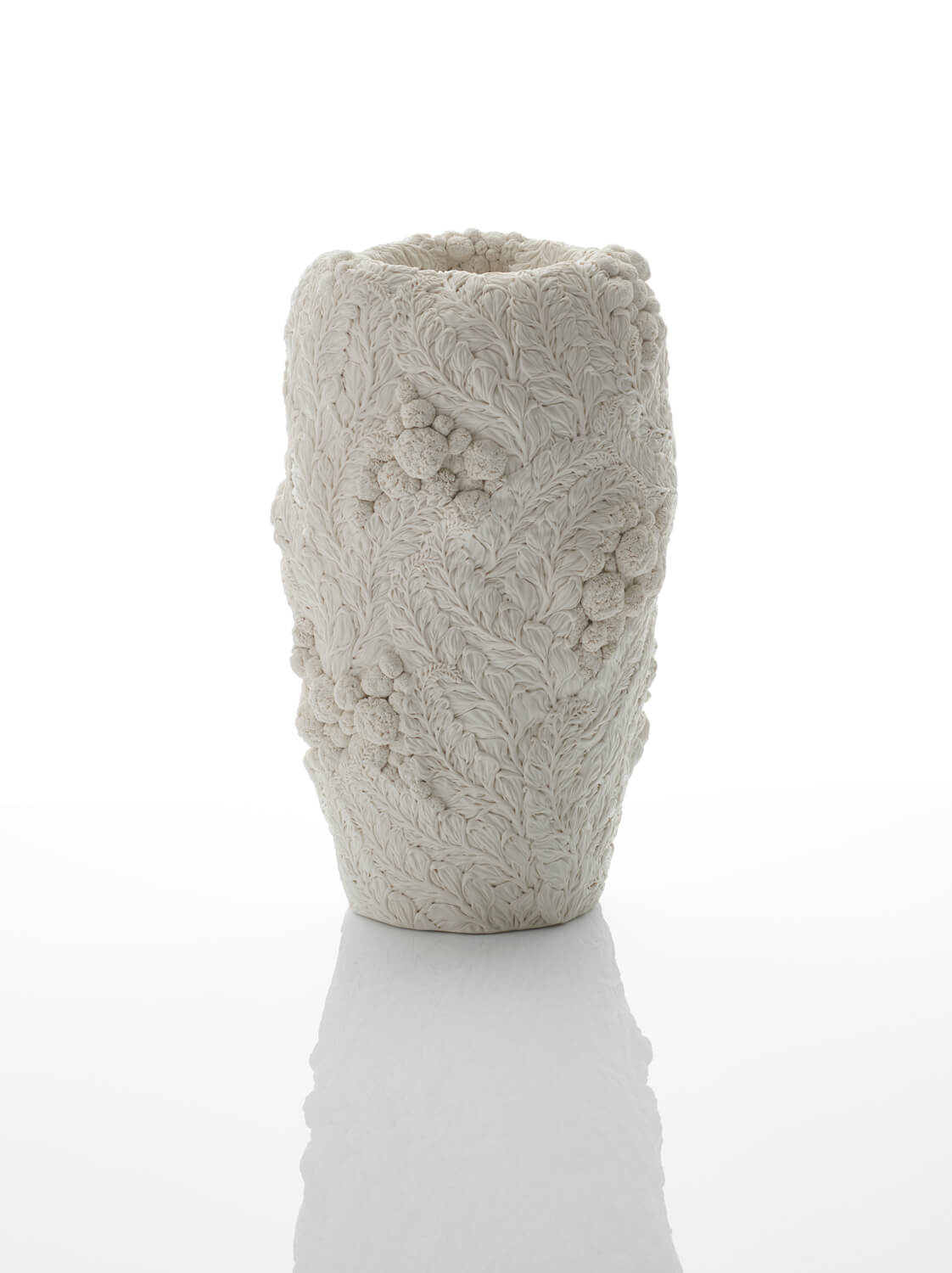
Courtesy of Adrian Sassoon, London
A far cry from the minimalism with which Japan is frequently associated beyond its borders, Hitomi Hosono‘s ceramics are crammed with detail. Her creations are inspired by botany and depict leaves, branches and flowers, painstakingly reproduced by the artist on vases, plates and simple boxes.
Hitomi Hosono favours neutral colours like off-white and black, preferring to add complexity through texture and embossing. From time to time, other chromatic nuances appear, but they remain soft, like baby blue, yellow gold or coral, highlighting the ceramicist’s sculptural work.
Japanese flora and English porcelain
Hitomi Hosono gets her passion from her grandfather, also a ceramicist. After studying pottery in Japan, she perfected her technique in Denmark before joining the Ceramics & Glass programme at the Royal College of Art in London. Her creations draw upon both the vegetation of her youth (such as cherry blossom, which she uses as a motif) and the tradition of English porcelain, which is often inspired by illustrations of ancient herbaria, such as Portmeirion’s famous Botanic Garden services. To make her preparatory sketches, Hitomi Hosono contemplates nature and wanders through gardens. Rather than copying the elements that interest her exactly, like a leaf or flower, she prefers to observe these elements closely before leaving and working from memory to put them on paper.
During an internship at the prestigious pottery Wedgwood, founded in 1759, the artist learnt the ancient technique of sprigging, a moulding technique that allows for subtle embossing on ceramic objects. Great precaution has to be taken so that these objects, some of the details of which require days of work from a single artisan, can leave London, but this hasn’t stopped the winner of the Salon des Arts Perrier-Jouët prize from exhibiting regularly in Paris and New York.
Hitomi Hosono’s work can be found on her website.
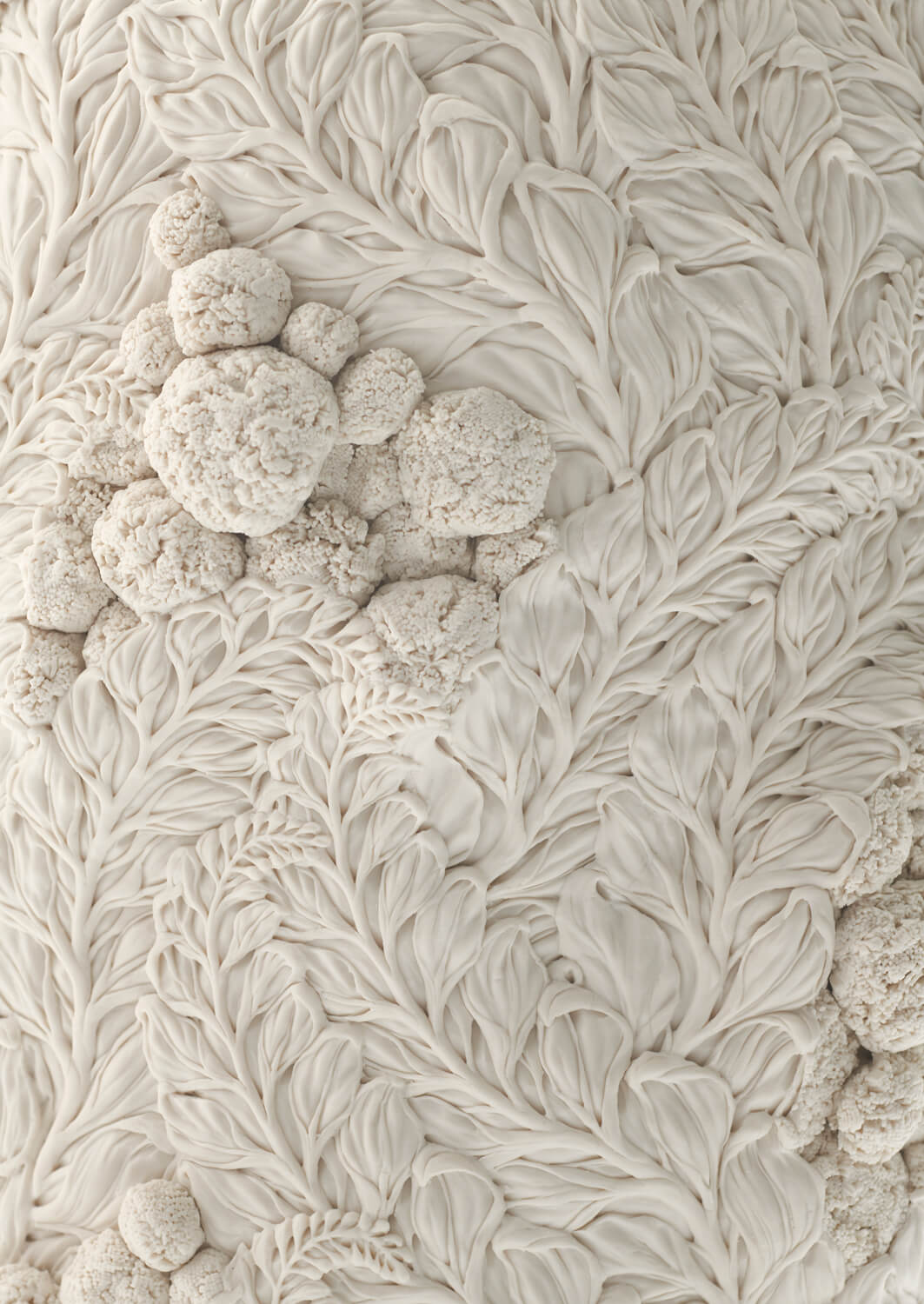
Courtesy of Adrian Sassoon, London
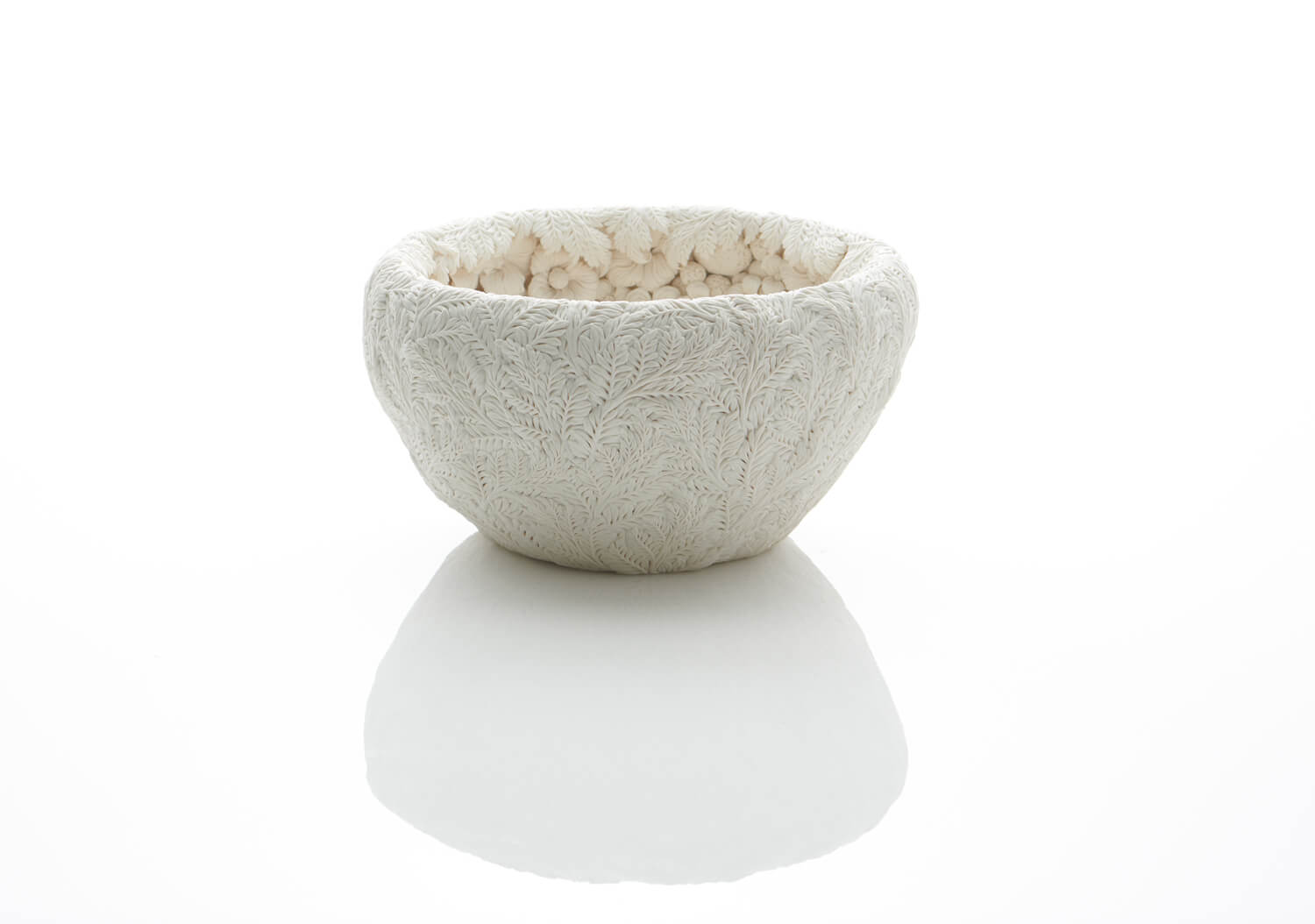
Courtesy of Adrian Sassoon, London
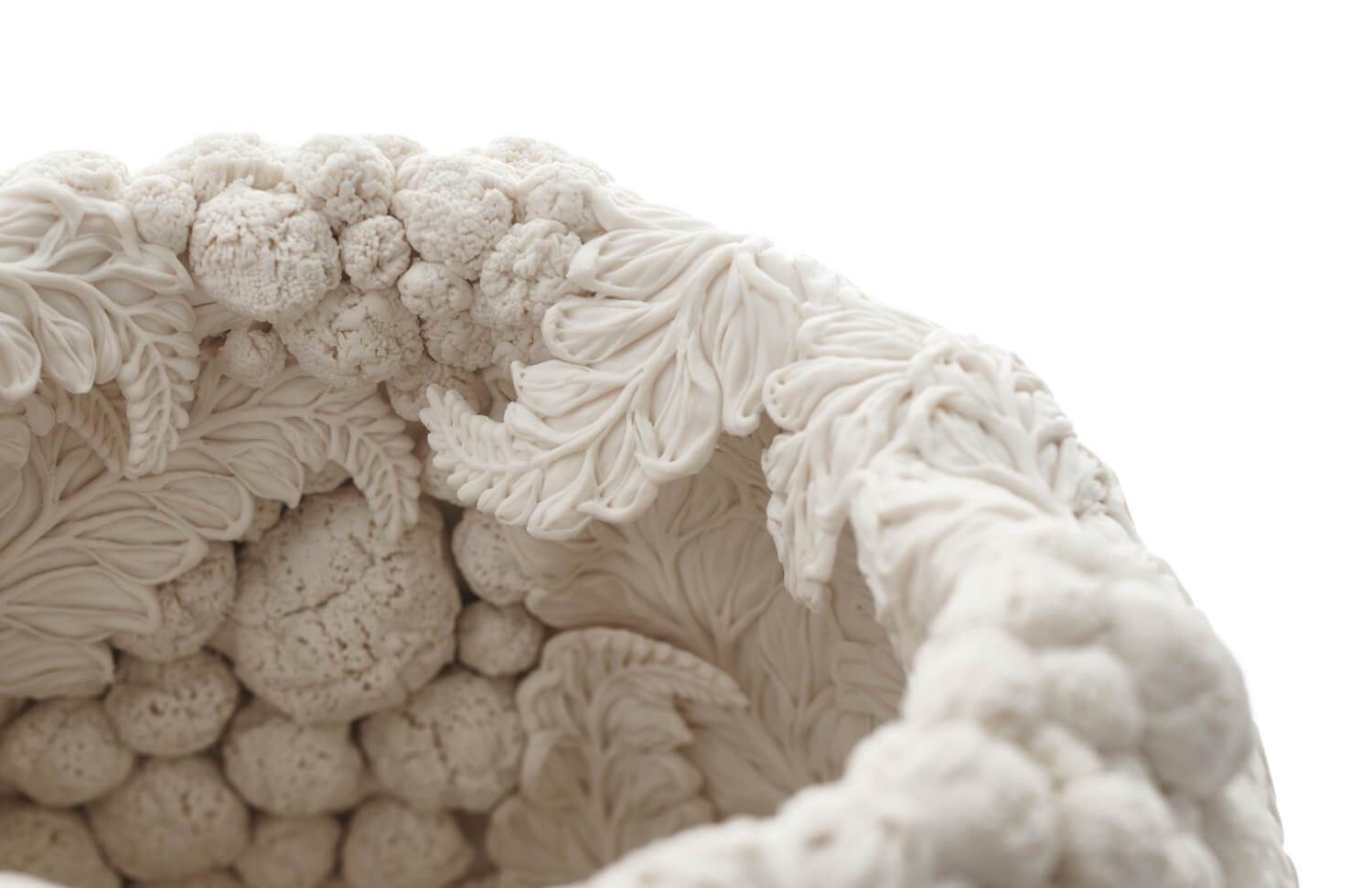
Courtesy of Adrian Sassoon, London
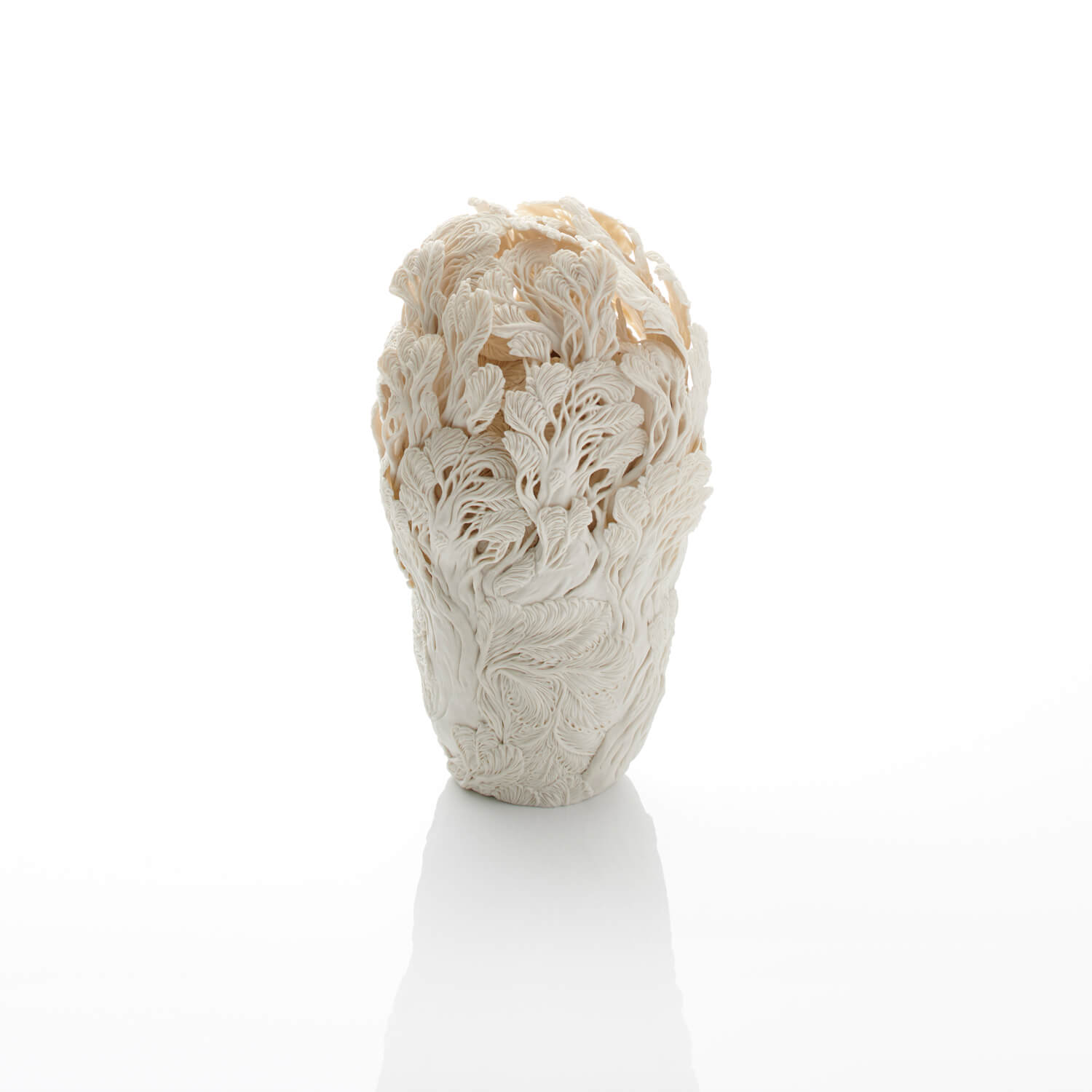
Courtesy of Adrian Sassoon, London
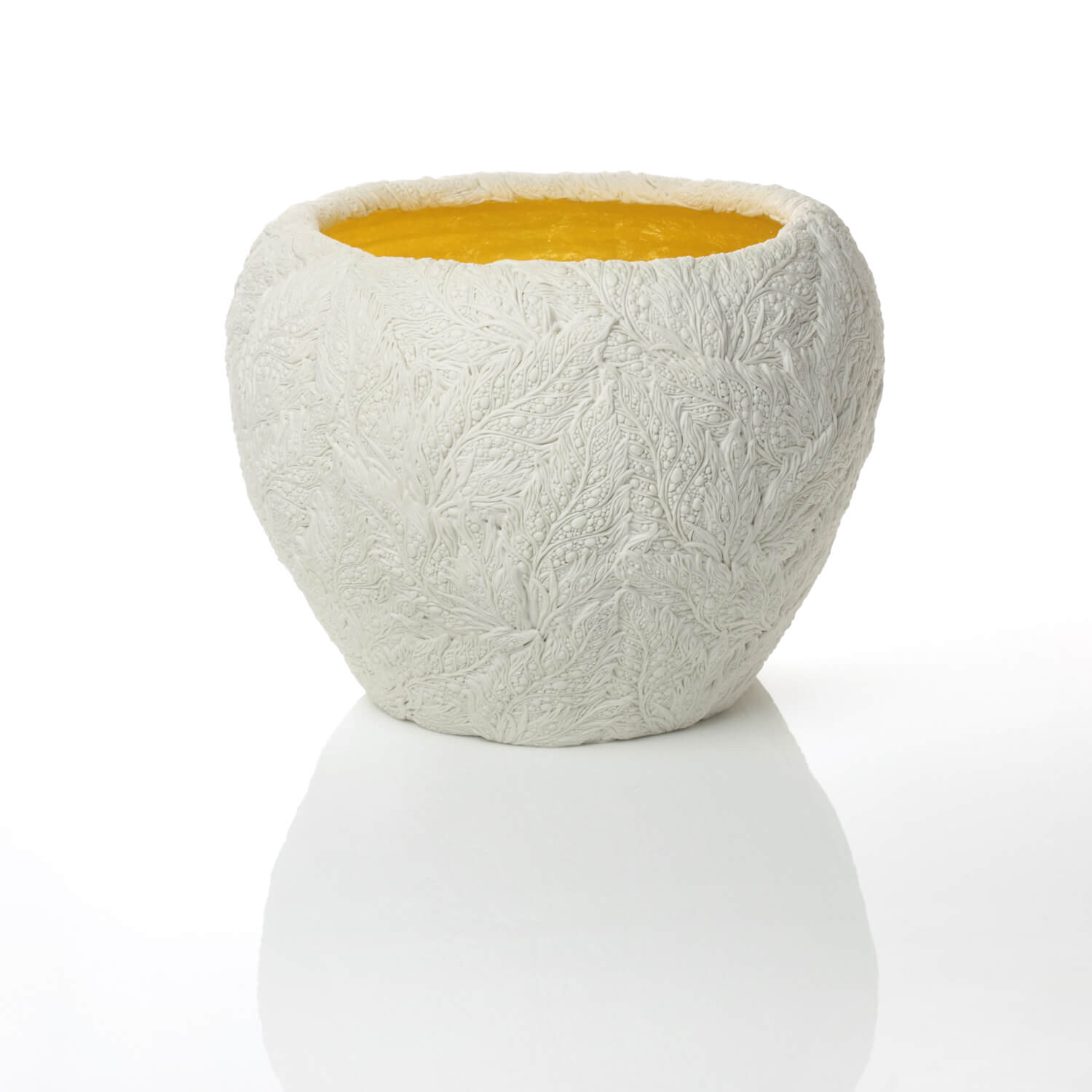
Courtesy of Adrian Sassoon, London
TRENDING
-
The Tattoos that Marked the Criminals of the Edo Period
Traditional tattoos were strong signifiers; murderers had head tattoos, while theft might result in an arm tattoo.

-
Paris, Tokyo: Robert Compagnon
With his co-chef and talented wife, Jessica Yang, Robert Compagnon opened one of the top new restaurants in Paris: Le Rigmarole.
 3:31
3:31 -
Chiharu Shiota, Red Threads of the Soul
Last year, more than 660,000 people visited the retrospective 'Chiharu Shiota: The Soul Trembles' exhibit at the Mori Art Museum.

-
‘Before Doubting Others, Doubt Yourself. Who Can Truly Say a Dish Isn’t What It Used to Be?’
In ‘A Non-Conformist’s Guide to Surviving Society’, author Satoshi Ogawa shares his strategies for navigating everyday life.

-
The Story of Sada Yacco, the Geisha who Bewitched Europe
Described by Dazed magazine as the first beauty influencer, she has been restored to her former glory since 2019.





